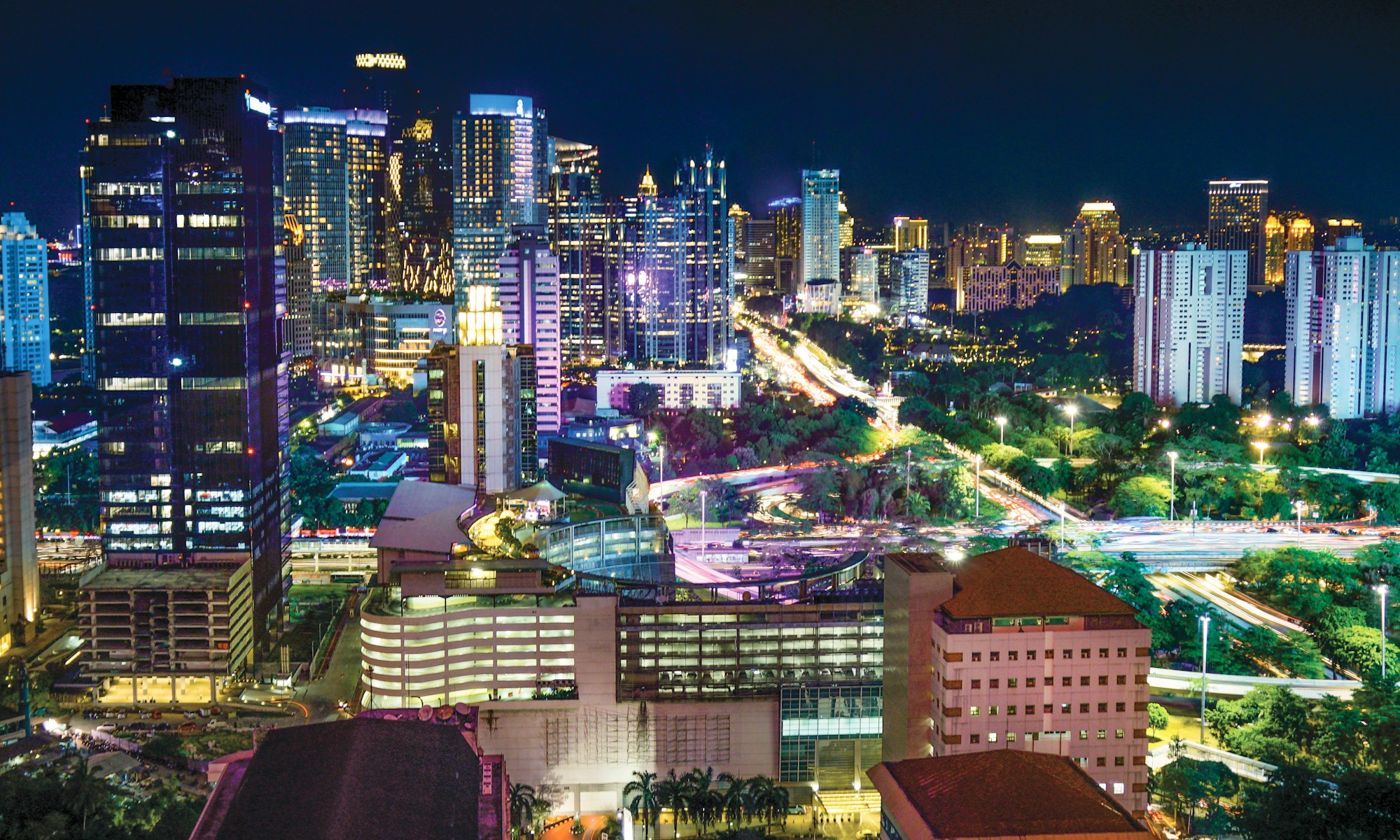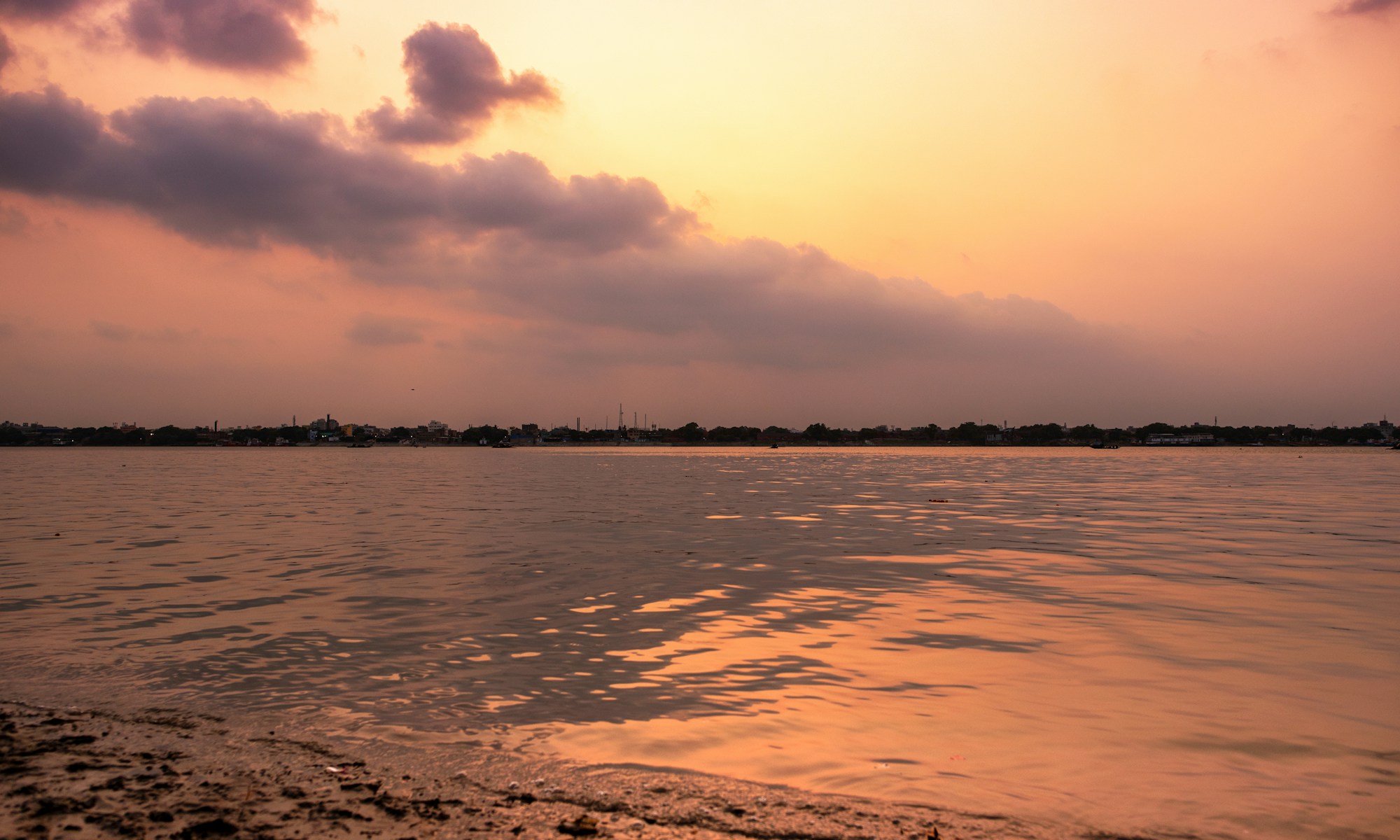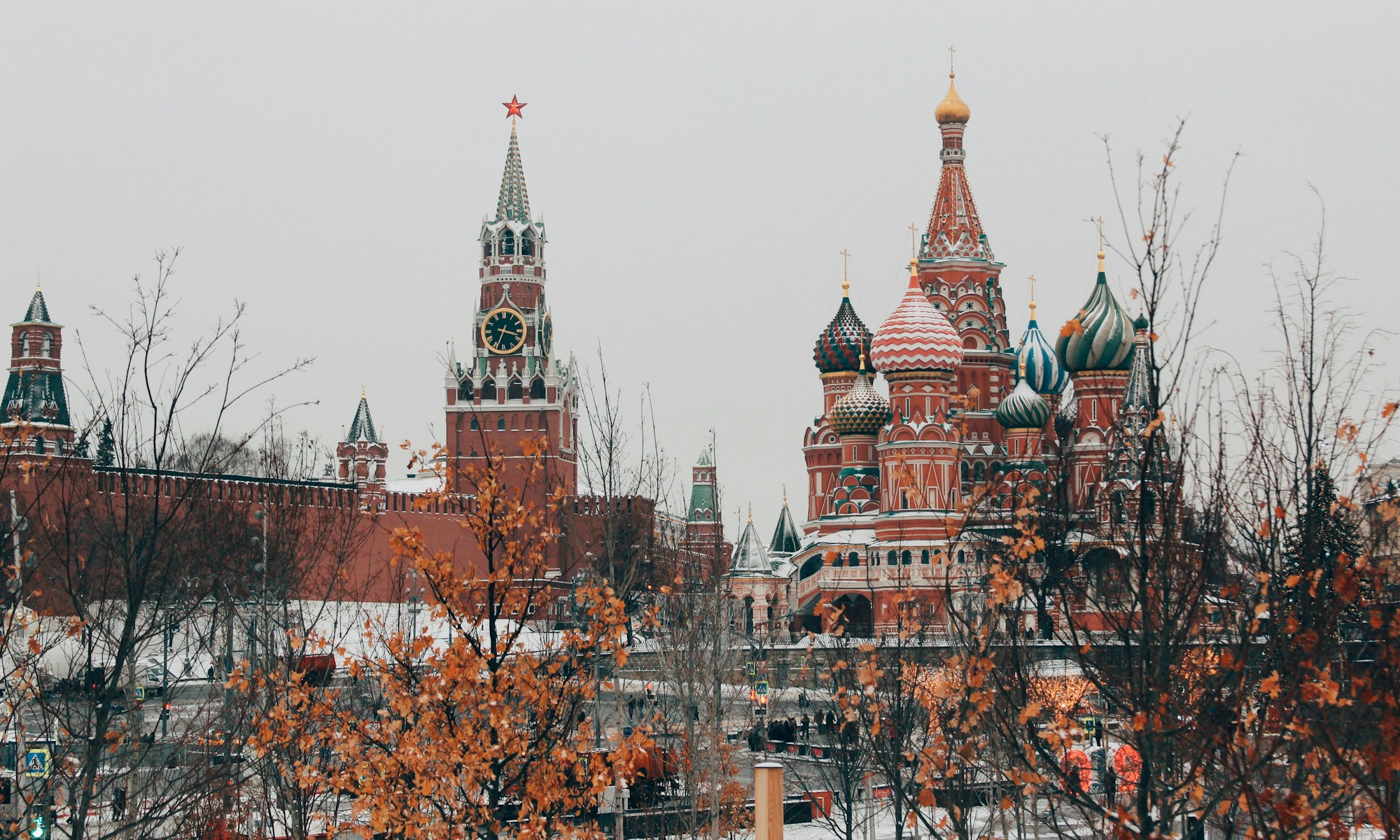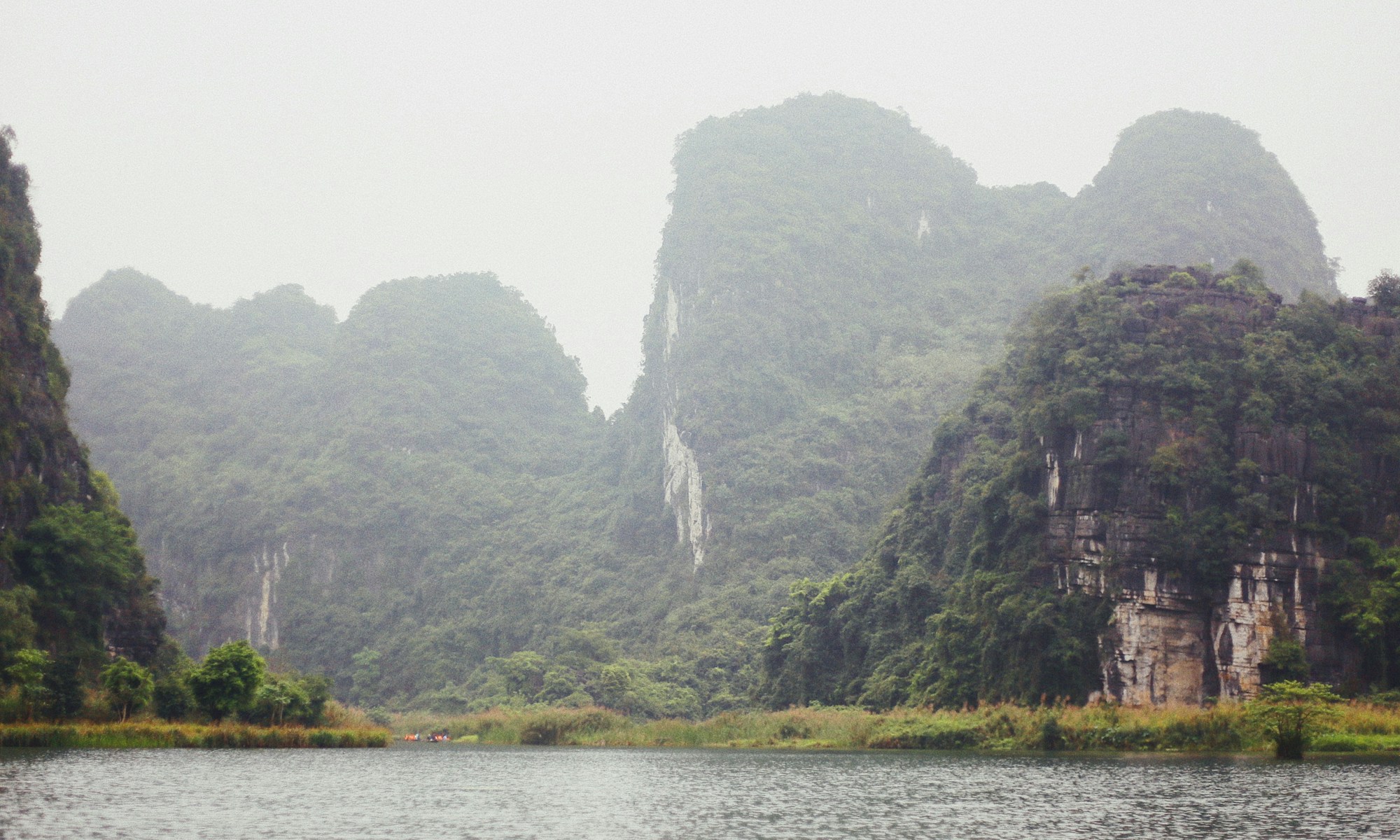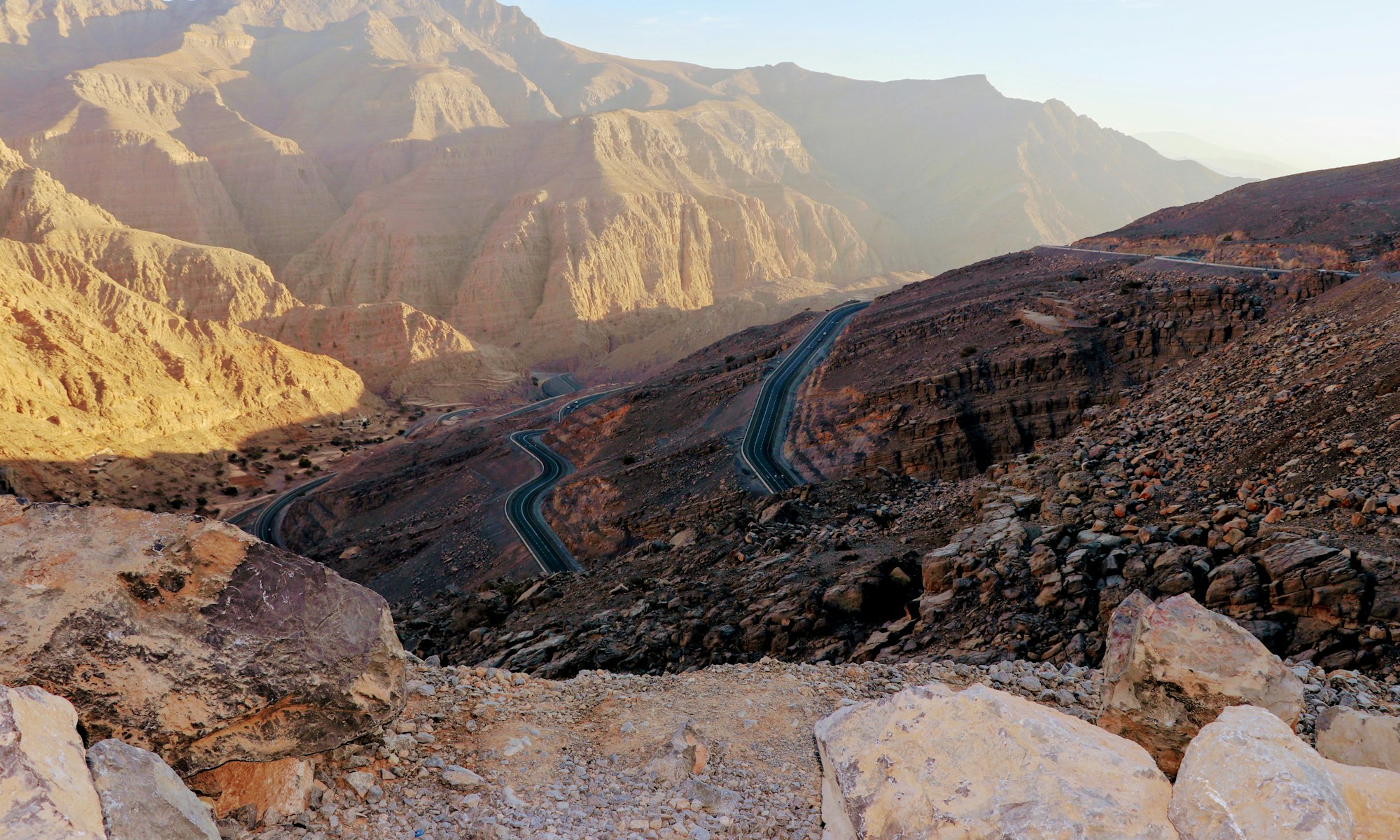27 July 2022 – by Skand Agarwal
At COP26, India’s Prime Minister Modi announced the country’s commitment to become a net-zero carbon emitter by 2070. Alongside this, the adoption of the country’s 2022 Green Hydrogen Policy also displays further dedication to achieve this ambitious plan – including supplying up to 50% of the nation’s total energy through renewable sources by 2030.
However, despite the government’s claims of environmental action, India had become the world’s third-largest emitter of carbon dioxide by 2020 (with China and the US respectively ranked first and second).
This is especially concerning given the questions surrounding India’s capability to adapt to climate change. Several Intergovernmental Panel on Climate Change (IPCC) Assessment Reports have concluded that countries like India, Pakistan, and Bangladesh are some of the most climate-vulnerable countries in the world. In recent years, India has experienced an increase in environmental disasters – such as cyclones, glacier melts, heat waves, floods, and more. In March 2022, the country recorded its hottest temperatures in 122 years. Some two months later, temperatures in several of India’s states had reached a new high of 49ºC (120ºF).
The Impact of Extreme Weather
The recent increase in heatwaves has already had a severe impact on the country’s economy and healthcare system, as well as its agricultural industry. In May 2022, some of the most affected areas of the country saw wheat yields drop by up to 50% – worsening the fears over a global wheat shortage related to the Russian government’s invasion of Ukraine in late February 2022.
What’s more, agricultural workers in the country are also facing a number of challenges. As a result of climate change, summer months are beginning earlier in the year, which can disrupt crop cycles and harvest seasons. Sporadic and prolonged summers months are also making it more difficult to predict monsoon seasons, meaning India’s farmers need to find new ways to adapt to more erratic weather patterns – or migrate to areas with more suitable growing conditions.
Farmers are not the only group of people who are affected by the earlier onset of summer. As a result of higher temperatures, an unprecedented demand for electricity (alongside a coal shortage) has led the entire population to face one of its worst electricity crises in decades. Some states such as Haryana, Uttar Pradesh, Bihar, and Punjab are experiencing load shedding for up to eight hours per day – worsening the food crisis as many people are left unable to store refrigerated goods at home.
Rainfall levels are also becoming more unpredictable in India. For instance, the northeastern state of Assam has experienced significantly high levels of pre-monsoon rainfall, which have led to state-wide flooding. Moreover, this extreme weather caused one of the country’s major rivers, the Brahmaputra, to overflow – affecting around 500,000 people across 1,500 villages. And while India’s National Disaster Management Authority (NDMA) is providing aid and support to the affected people, the sudden influx of migration to surrounding cities has undoubtedly added pressure to local administrations which we already struggling to meet demand.
But flash floods are not an uncommon phenomenon in the state of Assam. According to statistics from the Government of Assam’s Water Resources department, the region experiences three to four floods per year. Not only do these floods displace millions of people annually, they also cause extensive environmental degradation such as coastal erosion. However, despite how concerning these natural disasters are, local governments have failed to implement effective climate adaptation plans that can predict upcoming floods.
Climate Mitigation in India
In order for India to deal with these ever-worsening problems, climate mitigation strategies are essential, but the government also needs to grant equal focus to adaptation techniques. Studies indicate that it can take decades to achieve positive results from implementing climate mitigation strategies. In fact, one of the key findings of the IPCC’s sixth Assessment Report (AR6) was that between 2010 and 2019, the highest-ever levels of global greenhouse gas emissions were recorded – despite multiple international efforts to mitigate the impact of climate change since the 1990s.
This is especially concerning for India. The World Meteorological Organization (WMO) reported that since 1986, the Indian subcontinent has been facing an increasing number of heatwaves. What’s more, it predicts that the intensity, duration, and frequency of these heatwaves will significantly increase in the coming years.
So how is the Indian government working to mitigate and adapt to these rapidly changing climates – if at all? In 2015, India launched its National Adaptation Fund for Climate Change (NAFCC) with a budget allocation of 3.5 billion rupees (350 crores, or around US $44 million). However, research from The Indian Express found that since 2017, the grants released from the NAFCC have been steadily declining. Between 2017 and 2018, the government spent around 115 crores (around US $14.5 million), whereas between 2021 and 2022, only 27.8 crores (around US $350,000) were used to fund climate adaptation strategies.
There have been an increasing number of calls for the Indian government to implement more heatwave adaptation strategies, such as the ones enacted in the city of Ahmedabad in 2013, following on more than 1,300 deaths during a heatwave in 2010. Since the implementation of this strategy, the city has prevented around 1,100 deaths each year.
However, a significant proportion of the country’s population still remains vulnerable to the impact of climate change – particularly those who live in slum areas, as well as agricultural workers. It’s evident that death rates attributed to the effects of extreme heatwaves are still increasing. This is largely because of economic vulnerability, as day laborers and slum populations are forcibly more exposed to excessive heat levels for prolonged periods of time.
A Move Towards Mitigation
Models can be used to predict the early onset of heatwaves, including tools developed by the WMO and the India Meteorological Department (IMD). But the government still has an obligation to develop and implement more short and long-term solutions that not only protect people from climate-related health hazards, but also provide solutions that help to safeguard the livelihoods of more vulnerable communities. Moreover, these solutions should be implemented alongside community rehabilitation programs, widespread health and safety awareness campaigns, and localized economic programs across the country.
India has a varied climate; while the north faces extreme heatwaves, the northeast of the country is experiencing flash floods. These differences only serve to strengthen the case that the government needs to develop localized programs to mitigate and adapt to region-specific climate disasters.
Undoubtedly, climate mitigation is important, but it is certainly not sufficient for such a climate-diverse country like India. Findings from several IPCC reports have proven that to successfully handle issues related to climate change, both mitigation and adaptation strategies need to be implemented together. India has already heavily invested in climate mitigation, but it is now time for the country’s government to do the same with climate adaptation.
Found this article interesting? Make sure to read to read our article on how technology, policy, and social efforts are key for the future of climate change mitigation in India.

Skand Agarwal currently studies Transnational Governance, with a specialisation in climate change and environment, at the European University Institute in Florence, Italy.
Born in India, Skand has experience working with military think tanks, media houses, and in environmental activism, through which he aims to contribute to South Asia’s climate adaptability and resilience, while also advocating for the much-ignored rights of climate migrants. Skand also contributes to Earth Refuge’s Faces podcast series.








